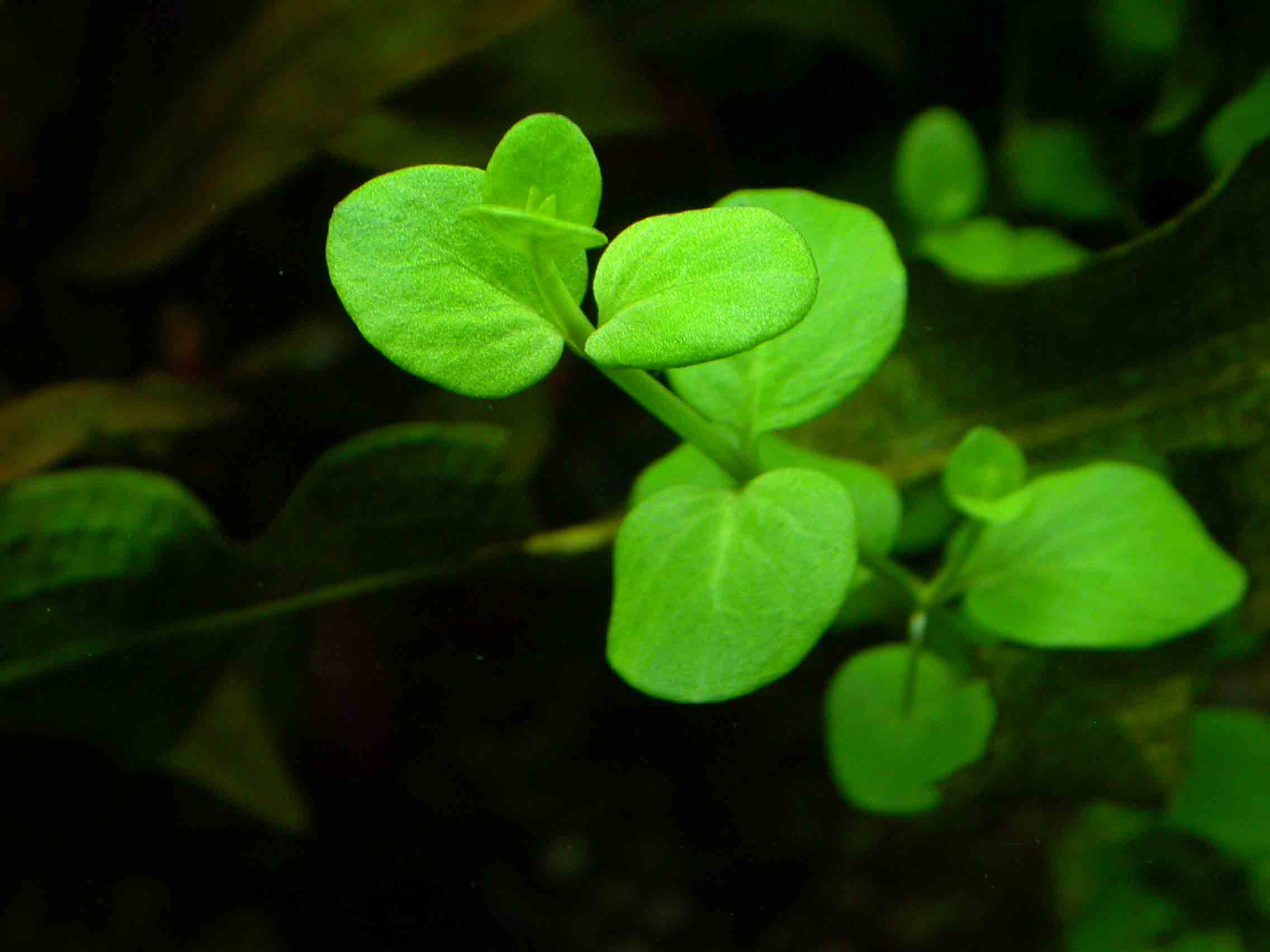
|
My Fish Tank by Lam Nguyen |
Substrate |

|
What I currently have:
|
|
||||
|
|
||||
|
|
 |
|
|
They look very nice. The white gravel reflects and scatter the light from the above made the tank look brilliant. But since the size of the gravel is too big, it is not an idea substrate for the plant's root. Waves after waves of algae, battle after battle, it's a never ending fight. After many moons of searching the Internet and read tons of information about algae and ways to combat it, I realized that I must remove nutrient out of the water column and keep it in the root so that algae can't use it. The source that cause the nutrient to leak into water column is the coarse size gravel. So I decided to redo the tank with what I believe is a better substrate. What I did to the substrate were as below: |
|
|
|
|

|
This new substrate seems to help. The sand and small size gravel did
help in sealing the nutrient in the substrate and keep it out of the
water column. However if I have to redo it again, I would use a finer
sand for sealing and mixes the peat, vermiculite and commercially premix
black dirt and mix them together with clay. This will create a kind of
mud layer, a heavy pasted mud layer of about 2.5 inches thick. This mud
paste layer is the primary substrate. It will be able to tightly seal the
solid root fertilizer sticks. On top of this substrate is a standard 1
inch of finer sand like Red Flint #35 and 3/4 inch of Red Flint #20 gravel
to seal the mud from clouding up the water. |
|
Home |
Filtration |
CO2 |
Lighting |